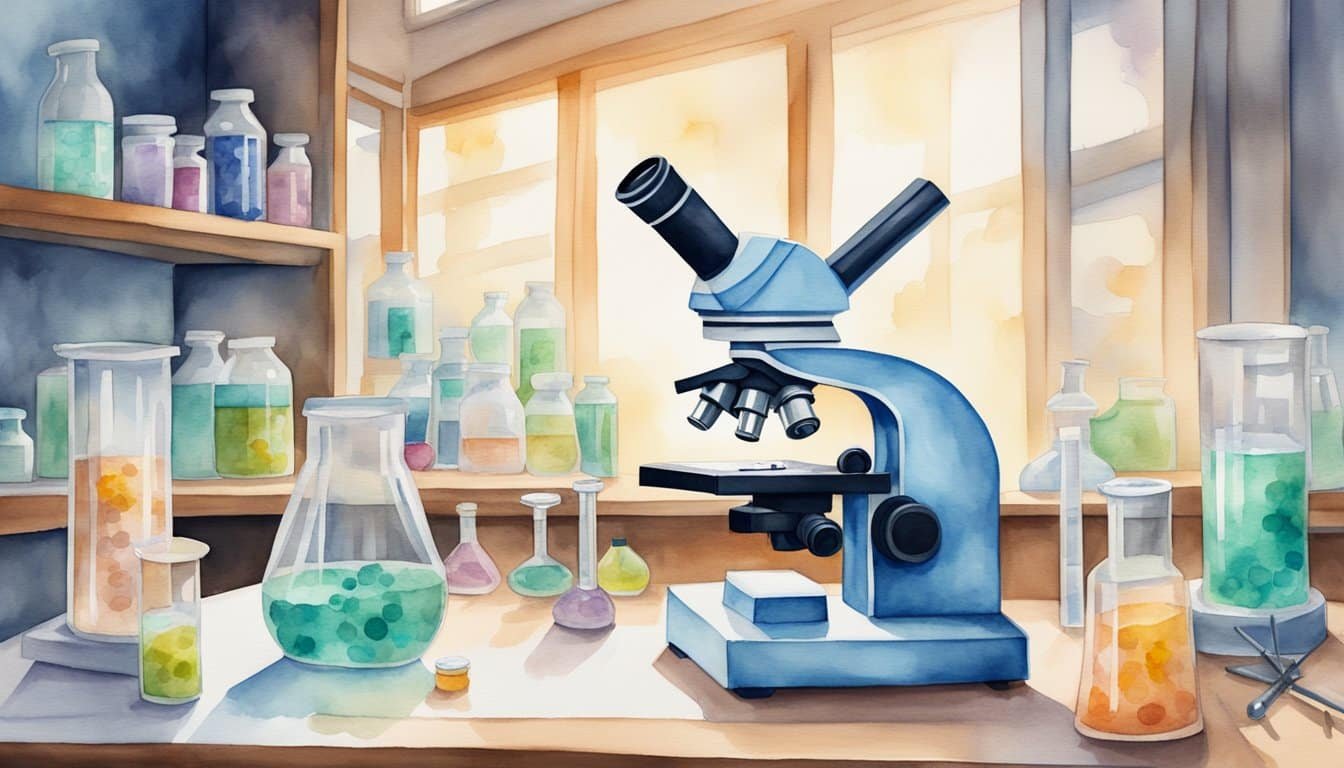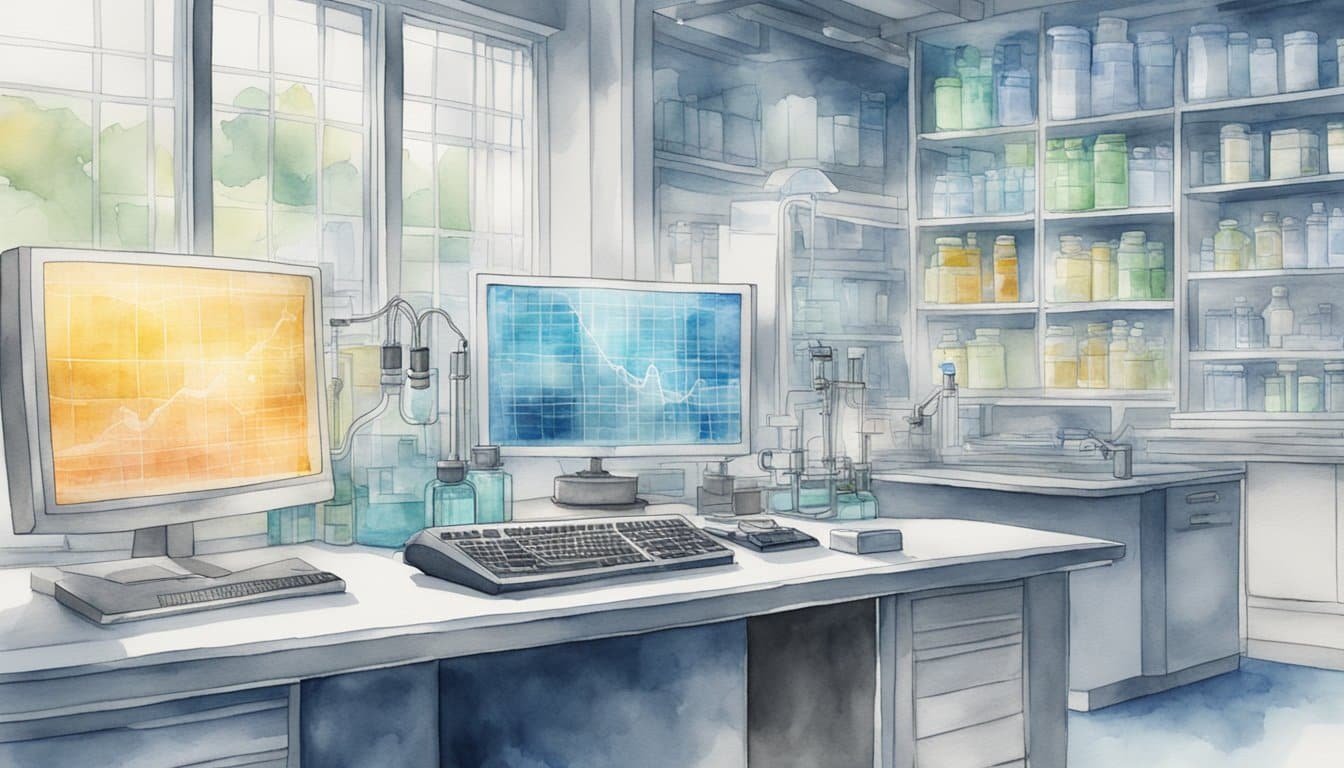The Rise and Fall of He Jiankui
He Jiankui’s story is a modern tale of a scientist’s quest for innovation clashing with the ethics that guide research, leading to international controversy and legal consequences.
Early Career and Education
He Jiankui catapulted to notoriety from a background of substantial academic prestige. An alumnus of Stanford University, he furthered his research in genetics with an esteemed position at Southern University of Science and Technology in Shenzhen, China. At Stanford, he had honed his skills in biophysics, although none would predict the audacious path his career would later take.
The CRISPR Controversy
The scientist’s leap into infamy began with his announcement of the birth of twin girls, allegedly the world’s first humans to have their genomes edited using CRISPR technology during their embryonic stage. Jiankui claimed the editing conferred resistance to HIV, drawing sharp criticism from the global scientific community for crossing sensitive ethical boundaries and for risking the twins’ welfare without the guardrails of proper oversight or transparent research methodology.
Legal Repercussions and Global Response
He Jiankui’s endeavors landed him in the crosshairs of not only the scientific community at large—including strong censure from Arizona State University’s bioethics experts—but also the legal system of his home country. A Chinese court found him guilty of “illegal medical practice,” sentencing him to three years in prison. This action underscored the ethical failings of his experiment and set a precedent for how such cases might be handled in the future. His incendiary research defied the normally collaborative and methodical pace of scientific discovery, leaving the world pondering the weighty implications of gene-editing technology.
CRISPR-Cas9 and Its Implications

The gene editing tool CRISPR-Cas9 has been a game-changer in biotechnology, opening doors to groundbreaking scientific research and raising important ethical questions.
Fundamentals of Gene Editing
CRISPR-Cas9, a revolutionary gene editing system, has transformed how researchers manipulate DNA. This technique allows for precise alterations at specific locations within the genome. Initially discovered as part of a bacterial immune defense system, it quickly became a vital tool for biophysicists looking to understand gene functions or correct genetic errors.
CRISPR in Biomedicine
The potential of CRISPR-Cas9 in treating genetic diseases is vast. Articles in the MIT Technology Review have detailed its application in developing gene therapies that may one day eradicate conditions like sickle cell disease. Indeed, CRISPR is advancing beyond basic research into clinical trials for cancer and other serious illnesses, offering hope for new, life-saving treatments.
Ethics and Governance of Genome Editing
The story of He Jiankui, often referred to by media as a “rogue scientist,” who reportedly used CRISPR to edit embryos, raised critical concerns about medical ethics in genome editing. This case spotlighted the need for robust governance in biomedicine to prevent unregulated heritable genome editing. Scholars like Kiran Musunuru from the University of Pennsylvania and recipients of the Nobel Prize for CRISPR’s development have emphasized the importance of ethical guidelines in scientific advancements.
The Gene-Edited Babies Case Study

In a groundbreaking yet controversial experiment, scientist He Jiankui announced the birth of the world’s first gene-edited babies, Lulu and Nana, with the proclaimed intent to grant them resistance to HIV.
The Genesis of Lulu and Nana
The event that drew global attention began in a lab in China where He Jiankui claimed to have successfully edited human embryos to be resistant to HIV using CRISPR-Cas9 technology. This editing targeted the CCR5 gene, which is known to play a role in enabling HIV to enter and infect immune cells. The embryos were then carried to term, resulting in the birth of twin girls.
Scientific and Public Backlash
The claim of creating the first gene-edited babies was met with an immediate outcry from the scientific community and the general public. The experiment raised ethical concerns because the edited genes could be passed to future generations, and there were questions about the consent process, the clinical trials registry, and the overall transparency. There were also worries about potential unintended consequences of editing genes at such an early stage of development.
Long-term Consequences and Future Prospects
The case of Lulu and Nana opened discussions about the governance of gene editing and its implications for society. It prompted the Chinese government and international bodies to consider stricter regulations on the use of gene-editing technologies in human embryos. Scientists are calling for a global moratorium on similar clinical trials until clear guidelines and consensus are established, aimed at preventing premature applications that could have unforeseen effects on human health and genetics.

